(QBĐT) - Leaning against a branch of the Hoanh Son range, experiencing many ups and downs, Linh Son Pagoda, Tam Da village, Tien Hoa commune (Tuyen Hoa) is one of the ancient temples formed quite early in the Gianh river basin.
From National Highway 12A, follow the direction to Dong Le town, turn right and follow the road to Cuoi market, Tien Hoa commune, about 300m, looking northeast, the gate of Linh Son pagoda gradually appears in front of you. If it weren't for the bell tower of the gate, no one would recognize this as a vestige of one of the oldest ancient temples in the North of Quang Binh .
Linh Son Pagoda is located in a prime location, on a high slope, with its back leaning against a branch of the Hoanh Son range, facing a flat field called Tien Chua, in the distance is the cool Gianh River, creating a unique and charming landscape.
According to Buddhists, the original architecture of the pagoda is in the shape of the letter "tam", including the three-door gate, which Buddhists often call the front pagoda. Next is the main hall, also known as the middle pagoda, where Buddhists come to chant sutras and recite Buddha's name. Finally, the back pagoda has 3 rooms, where the statues of Buddha Sakyamuni and Bodhisattva Avalokiteshvara are placed. The system of monks' houses, oan houses... have been damaged and collapsed, and no trace remains.
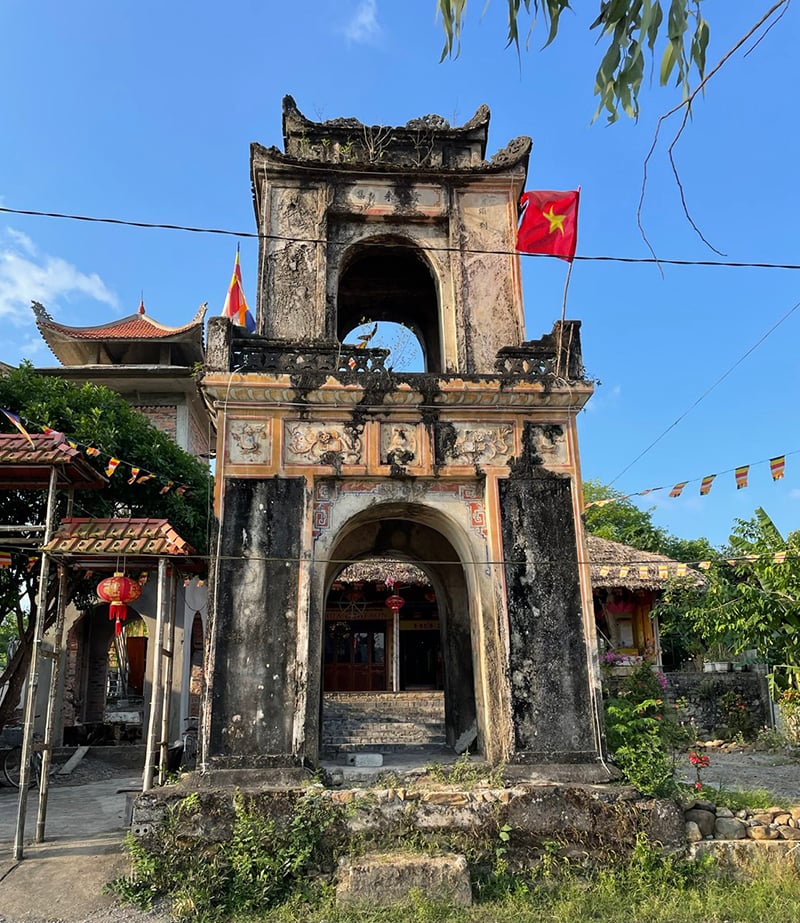 |
Due to the war and chaos, Linh Son Pagoda only has the temple gate and the three-room rear temple which are severely damaged and degraded. Although dilapidated and damaged, through observation, we see that the temple gate is still quite intact and retains its shape. The gate is built in the shape of a tower, large at the bottom, small at the top, about 5m high. Above is a bell tower, where a large bell is hung, the architecture is similar to the gate but on a smaller scale, the roof is curved, the roof top is decorated with two dragons facing the moon cast in lime mortar that has fallen off. The entrance is built in an arch shape, the foundation is made of stone, the walls are made of solid bricks, the surrounding area is plastered with lime mortar, decorated with embossed patterns combined with drawings such as clouds, lemon flowers, lotus flowers, pine, chrysanthemum, bamboo, apricot, flowers and leaves, dragons, turtles carrying cranes, etc.
The ceiling of the temple behind the dome is made of mortar, and the top is covered with yin-yang tiles. The dome gate, in the middle room, outside the door, still has three Chinese characters "Linh Son Tu", meaning Linh Son Pagoda. And on both sides are two parallel sentences:
The Golden Stupa of the Universe
The scene of the jade platform scratching the universe
Meaning: The treasure tower is as brilliant as gilded throughout the universe/The high platform is as splendid as spreading jade throughout the sky and earth. All the Chinese characters in the parallel sentences and horizontal lacquered boards are inlaid with sharp jade-green porcelain. On both sides of the rear pagoda are two temples in the style of knife-roof architecture, also covered with yin-yang tiles, with three arched gates, where the statues of two Dharma protectors are placed. These are Mr. Thien and Mr. Ac, meaning encouraging good and punishing evil to protect Buddhism, carved in the style of ancient warriors sitting on a unicorn, wearing armor and a helmet.
According to the Buddhist concept, worshiping the two Dharma Protectors who encourage good and punish evil shows the dialectical existence of two opposing sides, good and evil, in daily life. In the light of Buddhism, it can be said that this is a profound form of humaneducation , advising people to be good, to be gentle, not to act cruelly, and to persecute others. Those who do good deeds will be supported by good gods, on the contrary, those who do evil will be punished by evil gods. But the deeper and more noble philosophical meaning of life is that not only the gods are Dharma Protectors, but all people, who have the heart to support Buddhism, give up evil, specialize in doing good, and benefit all living beings, are considered Dharma Protectors.
Ms. Nguyen Thi Phi, an 85-year-old Buddhist living in Tam Da village, said that her house is near Linh Son pagoda, so since she was a child, she followed her father to the pagoda to chant sutras and recite Buddha's name. Previously, the pagoda's grounds were quite large, the trees in the pagoda were dense and lush, especially a very large soapberry tree near the back pagoda that fell during a storm in 1983. Many ancient trees surrounded the pagoda, making it even more solemn and ancient. On the main gate and in the bell tower, a large bell was hung. There were also many mysterious and sacred stories surrounding the casting of the bell. Unfortunately, the pagoda's bell is now lost, otherwise this would be an important piece of evidence revealing the time of the pagoda's formation.
During the resistance war against French colonialism, Linh Son Pagoda was the revolutionary base of Tien Hoa commune, a meeting place, a place to discuss the leadership of the local revolutionary movement and a training ground for guerrillas. Because the pagoda is located at a fairly high position, with an open field in front, it covers a large area, allowing one to observe the enemy's patrolling and raiding activities from afar. Every time the enemy troops conducted a raid, Buddhists rang the bell, alerting the guerrillas to evacuate through the trenches behind the pagoda, run to Hoi Cuoc and then hide in the deep forest for safety. The French troops did not dare to pursue them for fear of being ambushed.
During the war against the US, bombs and shells severely damaged the pagoda. When the pagoda collapsed, wooden systems such as columns, rafters, arms, beams, trusses, etc. were requisitioned to pave the way for Highway 12. After the war, due to abandonment and lack of restoration, trees and weeds grew wildly, Linh Son Pagoda gradually became ruins. Many Buddha statues and dharma instruments such as large bells, stone gongs, etc. were exposed to the sun and rain, gradually lost and eaten by termites. Now there are only 3 wooden statues of Ksitigarbha and the saints, although they still retain their shape, they are quite damaged at the base and behind.
With a compassionate and devout heart, in 2007, a number of Buddhists from Tam Da village and neighboring villages joined hands to clear trees and weeds, and contributed to the renovation of the pagoda. From here, the sound of bells, chanting, and wooden fish resounded again, and Linh Son pagoda was gradually revived. The number of Buddhists who turned their hearts to Buddha and turned to the pagoda grew more and more.
Since being assigned to be the abbot and oversee the Buddhist activities at Linh Son Pagoda, Venerable Thich Hai Phap has taken the trouble to meet with witnesses and elders in the area to find out the time of its formation and to collect lost objects of the pagoda from the people. Luckily, the abbot found the white stone bell of the pagoda that had been lost, but it was not intact and was quite broken. As for the time of the pagoda's formation, unfortunately, there is no documentation at all.
From a desolate and desolate place, now the Buddhists in the village and the kind-hearted believers in the area have come to take refuge in the Buddha's door, joining hands to contribute to the revival of the ancient temple. The main hall, monks' house, the temple's landscape... have been gradually restored to become more spacious and clean. The number of Buddhists coming to chant sutras, recite Buddha's name, listen to Buddhist teachings, and participate in Buddhist activities on the full moon days, the first days of the month, and the first days of the month has increased day by day.
Stepping up the steps of the three-door gate in the autumn afternoon, in the silence of the solemn place, the sound of the temple bell rings in the universe, making people's hearts become pure and gentle. Linh Son Pagoda, an ancient temple on the Gianh River, will continue to be a place to spread the light of Buddha, practice the Dharma, help good men and women and Buddhists near and far to love more, be kind, unite and join hands to build a life of "good life, good religion".
Nhat Linh
Source: https://www.baoquangbinh.vn/van-hoa/202411/chieu-chieu-vong-tieng-chuong-chua-linh-son-2222122/



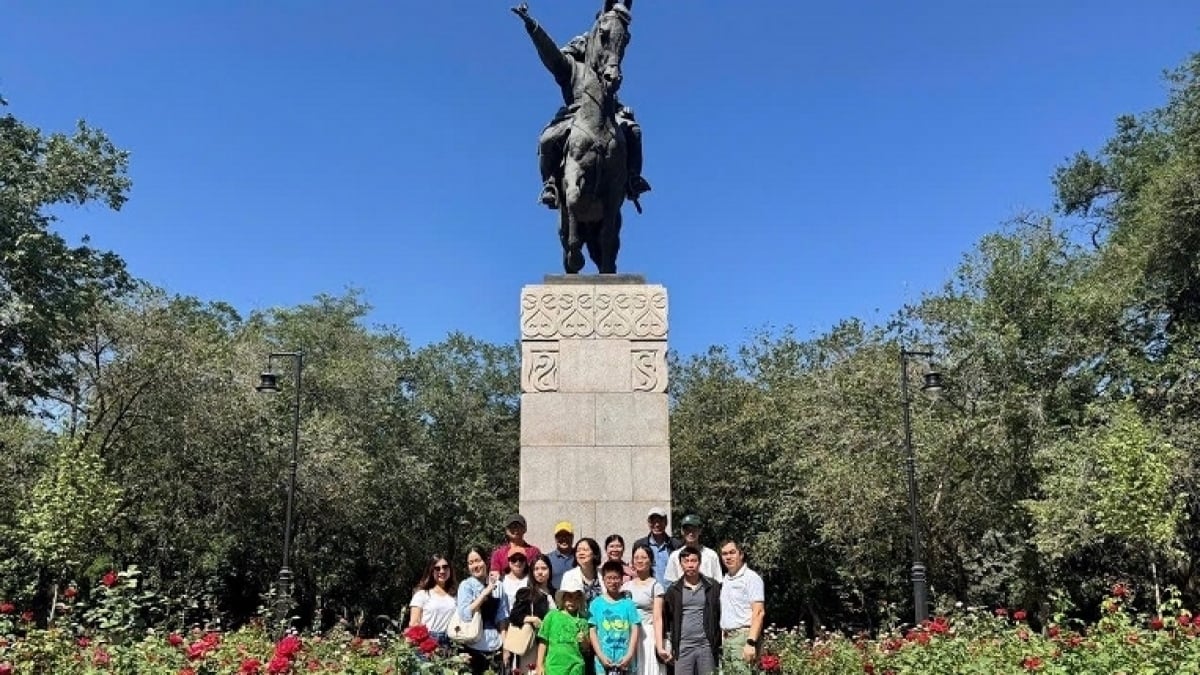


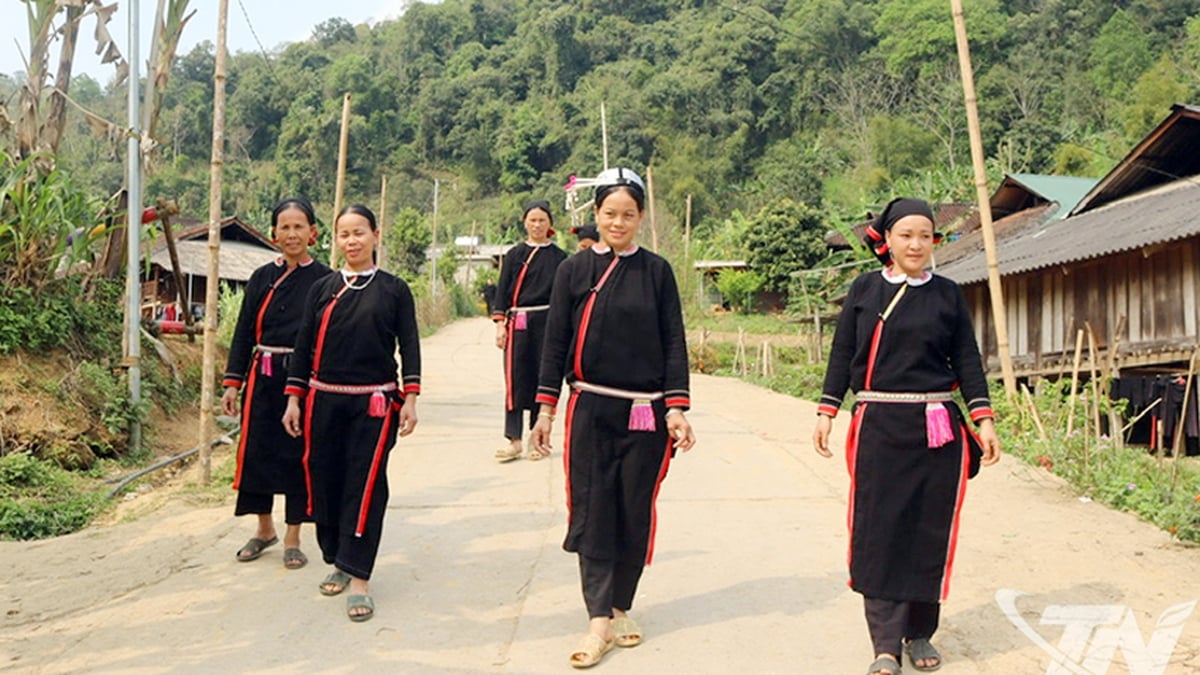
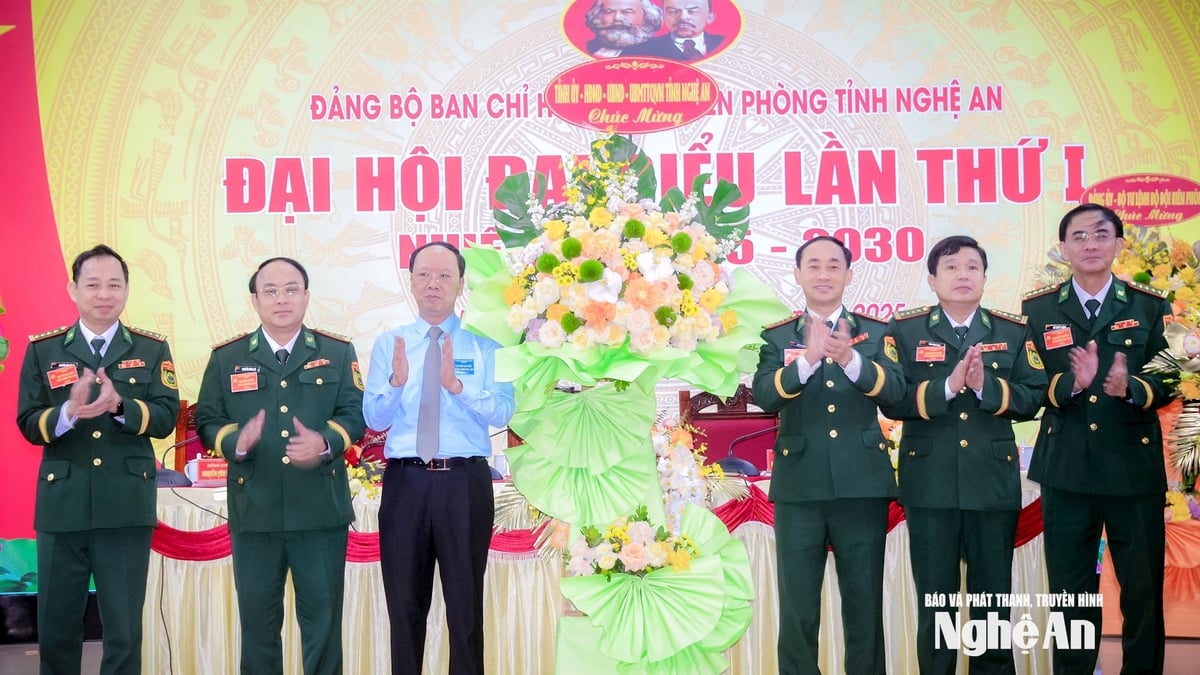

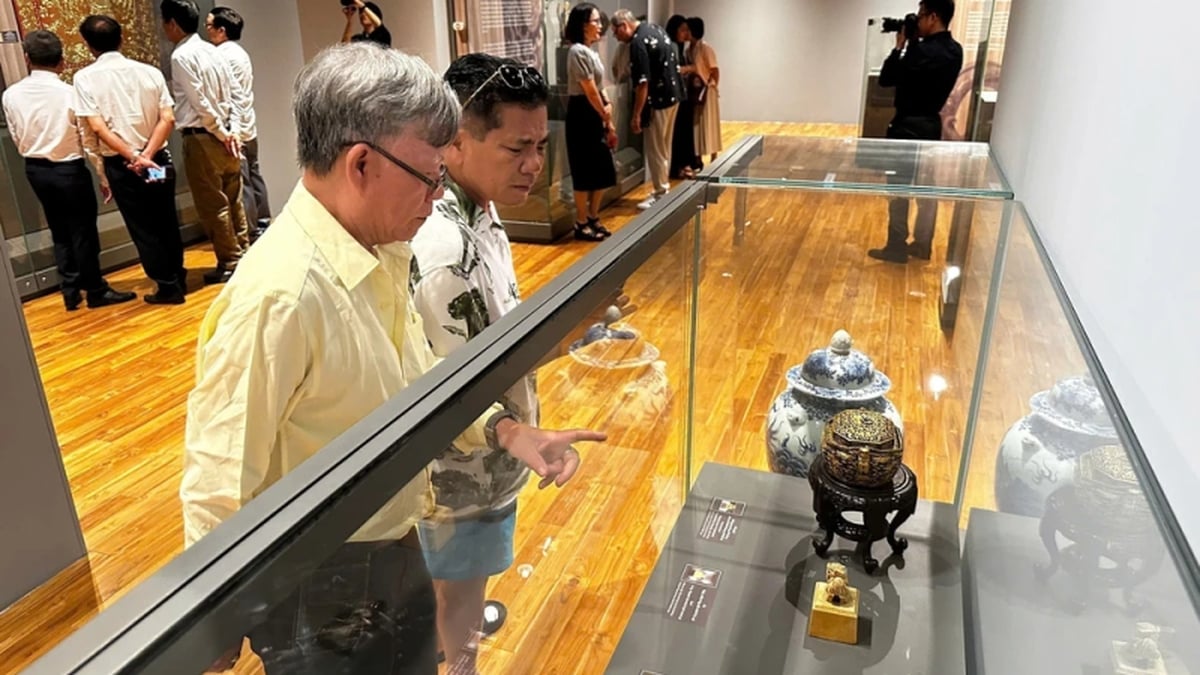

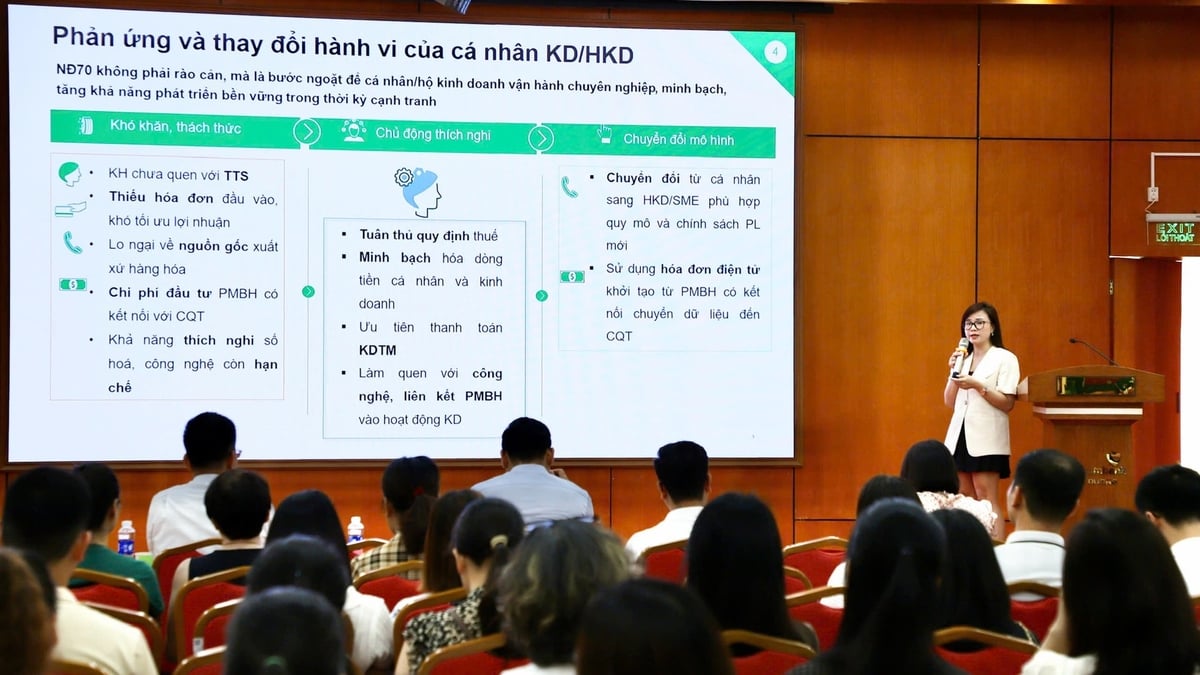












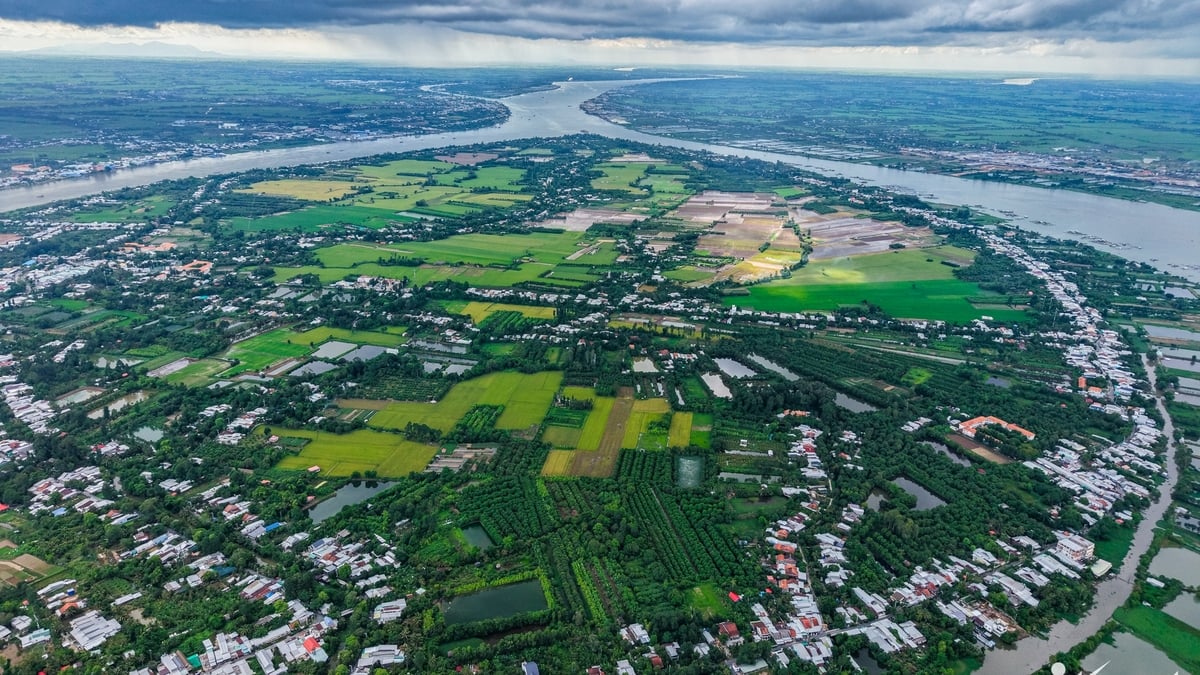






![[Photo] Gia Lai provincial leaders offer flowers at Uncle Ho's Monument with the ethnic groups of the Central Highlands](https://vphoto.vietnam.vn/thumb/1200x675/vietnam/resource/IMAGE/2025/7/9/196438801da24b3cb6158d0501984818)
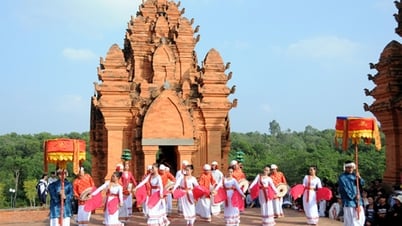

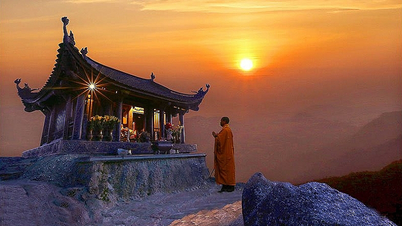

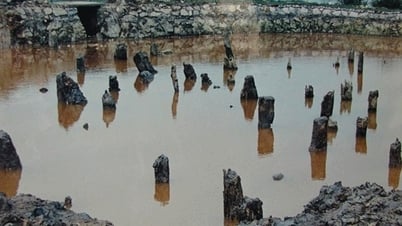

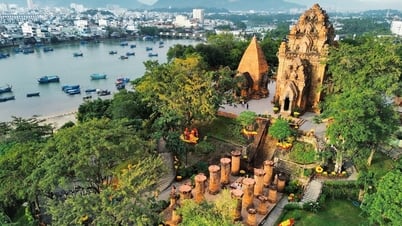



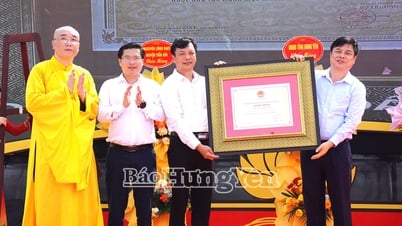

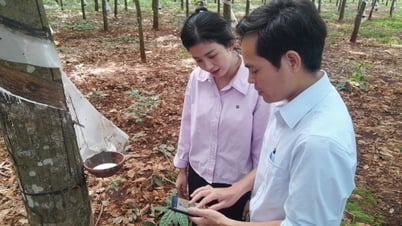

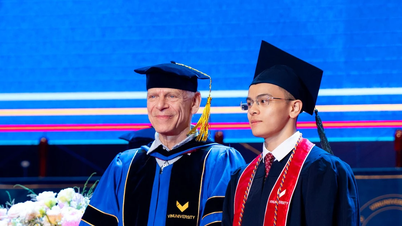




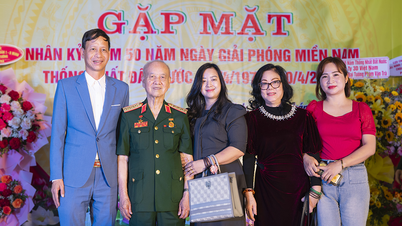

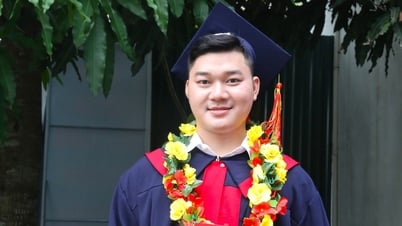









![[Infographic] Parade program to celebrate the 80th anniversary of August Revolution and National Day September 2](https://vphoto.vietnam.vn/thumb/402x226/vietnam/resource/IMAGE/2025/7/12/3bf801e3380e4011b7b2c9d52b238297)

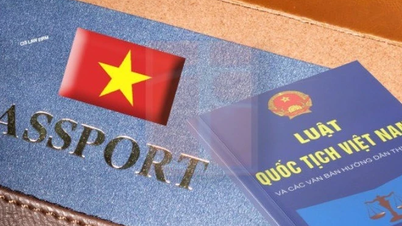


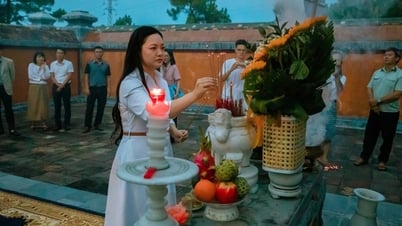


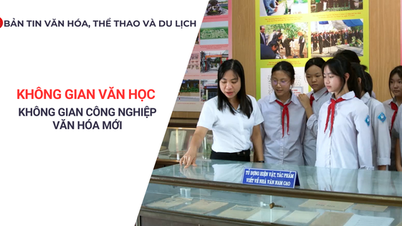


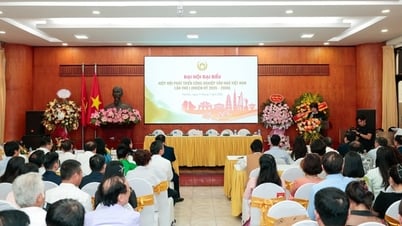


























Comment (0)